
Can-Am’s hotly anticipated electric motorcycles—the Can-Am Origin and Pulse—finally broke cover this week. Meanwhile, WalzWerk’s ‘Schizzo’ series of BMW boxers continues to expand with a slew of new parts. We also look at a Honda CB1100R from AC Sanctuary, and a rare Excelsior board tracker replica.
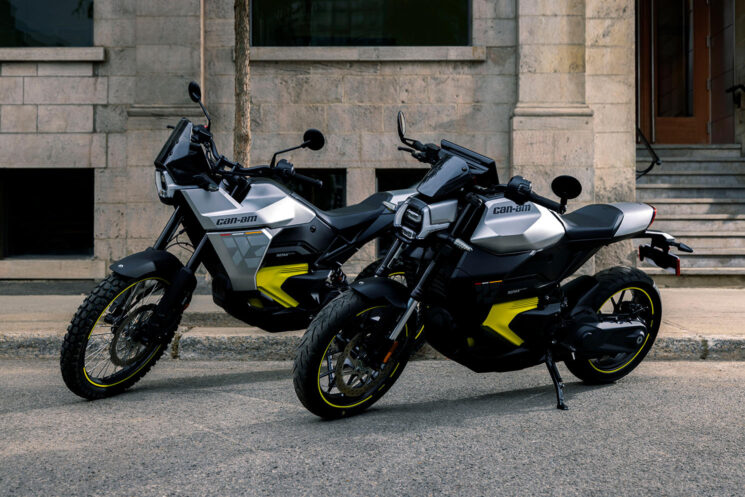
2025 Can-Am Pulse and Origin electric motorcycles The last Can-Am motorcycle rolled off the production line in Valcourt, Quebec, way back in 1987. Those Rotax-powered trail bikes were an immediate hit with their riders, winning gold, silver, and bronze medals at the International Six Days Trials.
The bikes were small and light, and featured a standard frame size that could be outfitted with different size engines. This meant there was a Can-Am for riders of all sizes, ages, and experience levels.
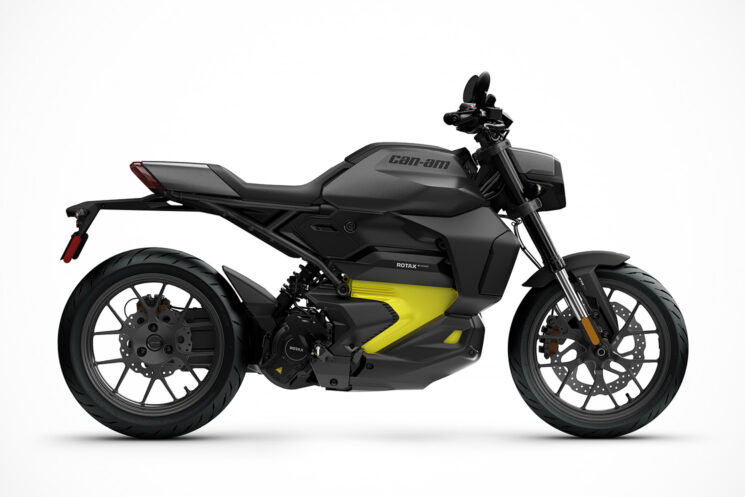
Fast forward to today, and BRP has just announced the brand-new Can-Am Pulse and Can-Am Origin electric motorcycles. The new Can-Am models are Rotax-powered like the old bikes, but each is driven by the all-new Rotax E-Power power unit.
The Can-Am Pulse [above] was built with the city streets in mind. Its nimble, naked style is perfect for commuters and weekend warriors. The KYB suspension has 140 mm of travel up front and the low center of gravity and seat height make it an uber-manageable street machine.
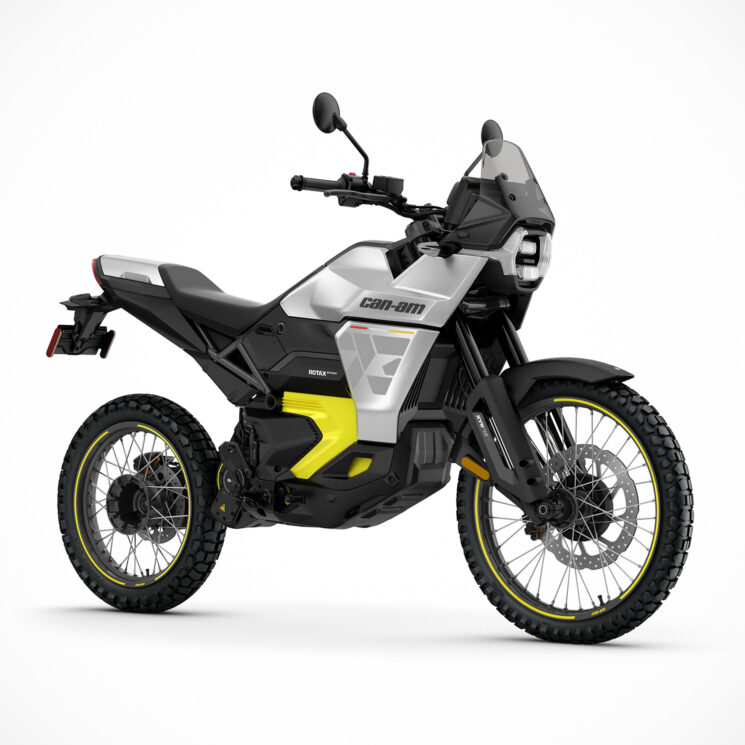
The Can-Am Origin [above] shares much of its construction with Pulse, but gets the adventure-lite treatment. It has more ground clearance, dual sport tires, and 255 mm of front suspension travel. The bodywork is injected with neo-Dakar rally styling, and the bike gets two additional riding modes for off-road terrain.
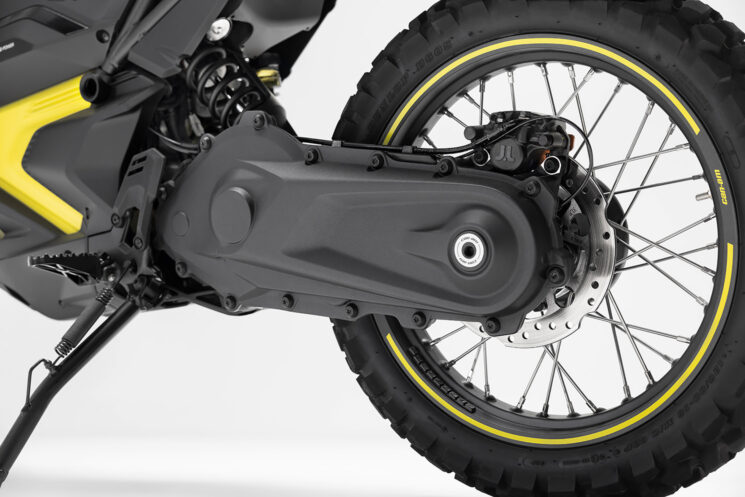
On both bikes, the Rotax E-Power engine is ingeniously mounted inside the swingarm. This means the connection between the impossibly small power unit and the rear wheel never changes its geometry (unlike a chain-driven engine mounted in the traditional sense). This also means the center of gravity is quite low.
The Rotax E-Power system features a liquid-cooled battery, charger, inverter, and motor, to limit battery degradation while optimizing range and charge time. Another cool feature is the reverse function, which will certainly help with city maneuverability.
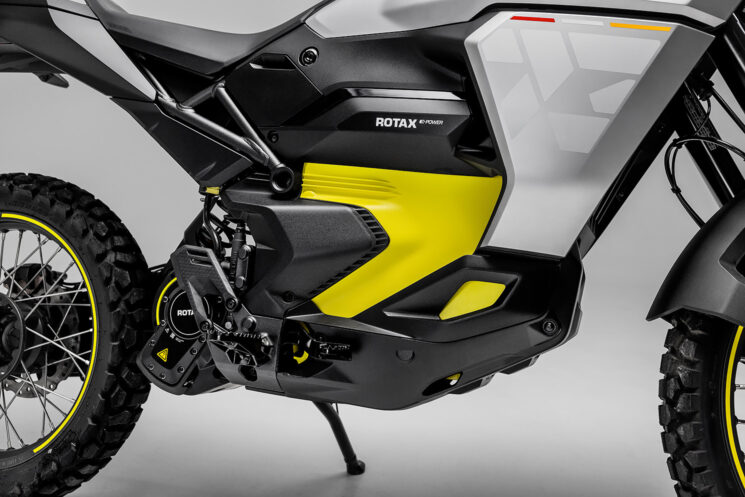
These are not large motorcycles, so Can-Am had to make sacrifices in the battery department. The 8.9 kWh battery has enough juice for 100 city miles on the Pulse and 90 city miles on the Origin. That’s not a lot of miles, but we guess that Can-Am is hoping for battery density and efficiency to improve over time.
The range might be small, but the style and convenience are large. [Can-Am Motorcycles]
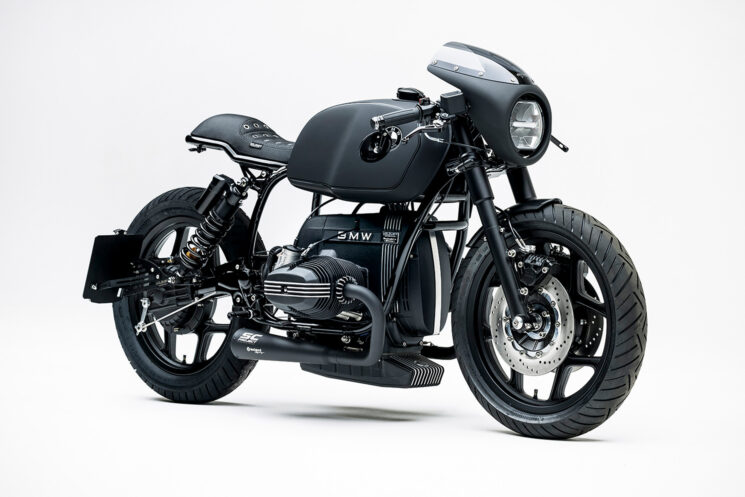
BMW ‘Schizzo’ café racer by WalzWerk Marcus Walz and his Hockenheim-based shop, WalzWerk, churn out more than fifty custom BMW R-series builds a year. Amazingly, Mr. Walz and his team still find time in this busy schedule to develop their own line of custom parts.
This murdered-out BMW café racer comes from WalzWerk’s made-to-order ‘Schizzo’ range, and shows off the best of the company’s parts.
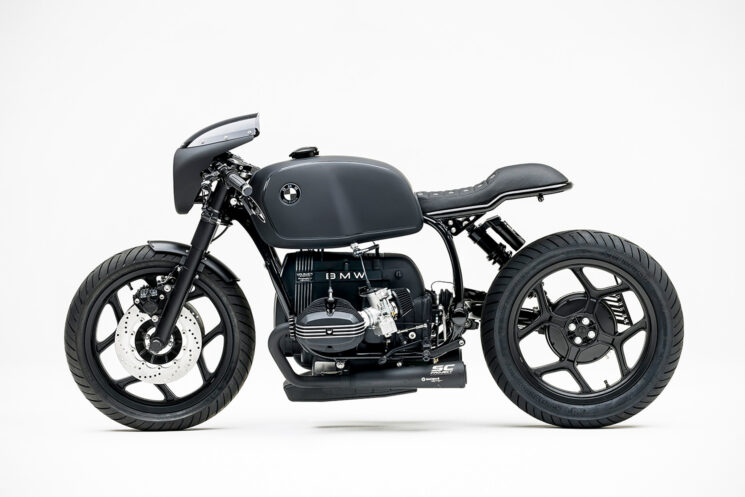
Schizzo bikes can be ordered directly from the WalzWerk website, where an online configurator lets clients choose their bike’s spec. Each Schizzo starts with a BMW R100 or R80, and comes in five base styles and three trim levels, each with their own level of component spec.
This particular boxer showcases WalzWerk’s ‘Pro’ café racer spec, and it’s loaded with newly-developed bits. The headlight and bikini fairing are new to the catalog, and even come with a screen made especially for WalzWerk by MRA.
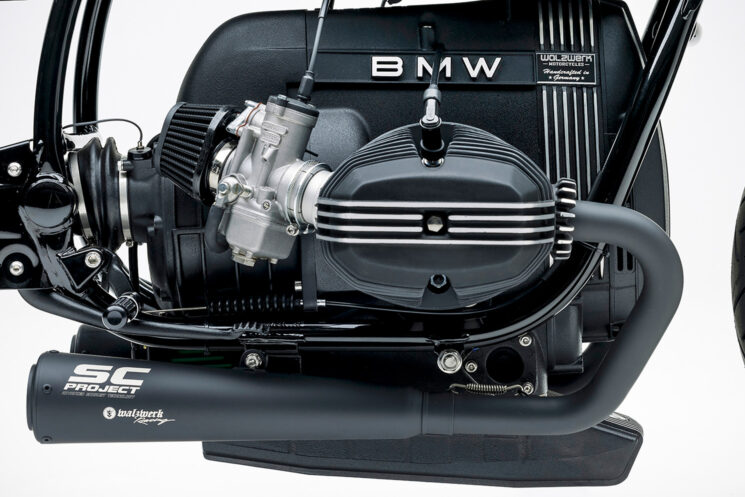
The bottom of the engine is fitted with a WalzWerk extended sump; modeled after the Fallert parts of the 70s and 80s, it’s designed to both increase oil capacity and aid in cooling.
A WalzWerk seat and subframe sit behind the OEM fuel tank, and the lighting setup is minimalist but fully road-legal. A pair of Dell’Orto carburetors are mated to the cylinders with WalzWerk billet racing manifolds—negating the use of rubber mounts that perish over time. The exhaust, built by SC-Project, is short, sharp, and mean.
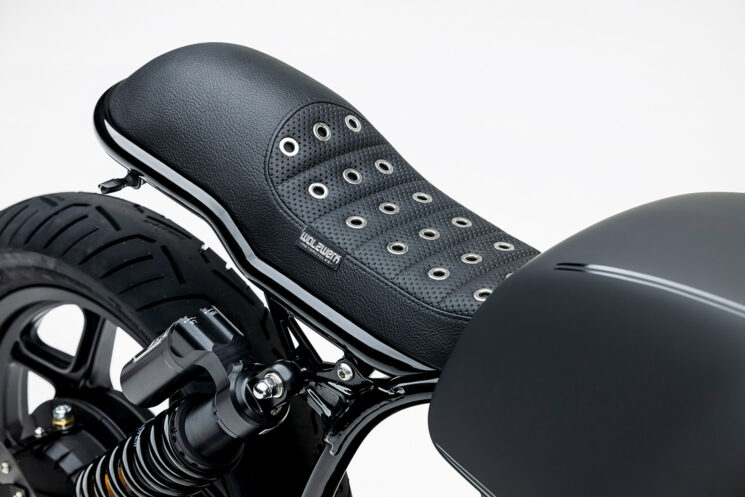
WalzWerk has taken much of the stress and uncertainty out of the design process, which is just one reason they are masters of their craft. If you need us, we’ll be on their website, drink in hand, filling our dream garage. [Source]
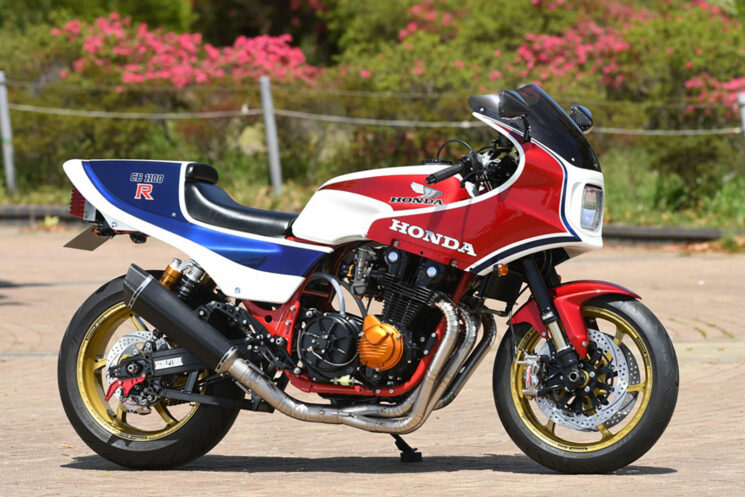
1983 Honda CB1100R by AC Sanctuary With its large inline-four engine, endurance-inspired bodywork, and proven reliability, the Honda CB1100R has been on our vintage sportbike wish list for quite some time. To our eye, the CB1100RD in particular looks almost perfect as it rolled out of the factory in 1983. The key word is ‘almost’—and we share that sentiment with Hiroyuki Nakamura and the legendary AC Sanctuary.
Most associate Nakamura-san and AC Sanctuary with their morbidly lust-worthy Kawasaki restomods, but they occasionally spin their spanners on other Japanese bikes. This is AC Sanctuary build ‘RCM-630,’ and it’s based on a 1983 Honda CB1100RD.
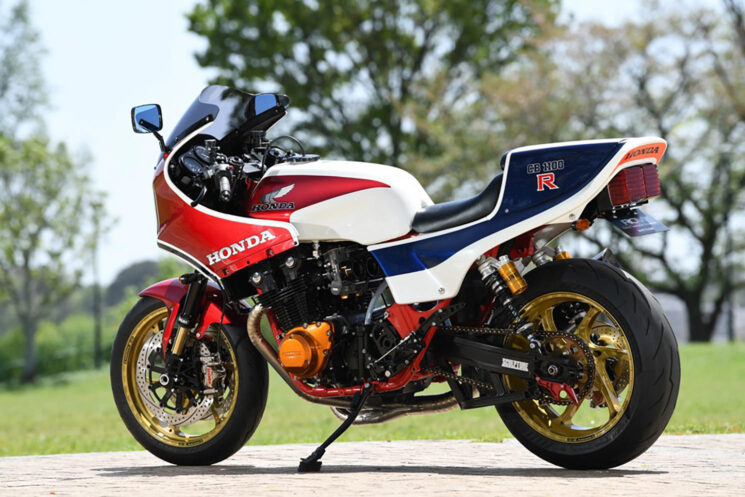
Thankfully, the AC Sanctuary workshop had some factory CB1100 parts stored for a rainy day so when the opportunity came up to build a new bike, the team jumped at it.
As with any AC Sanctuary project, suspension was first on the upgrade list. A pair of Öhlins forks were worked into the front end, while the back of the frame was widened to squeeze in a braced swingarm from Sculpture and twin Öhlins shocks. The 17” wheels are from OZ Racing and the brakes are from Brembo.
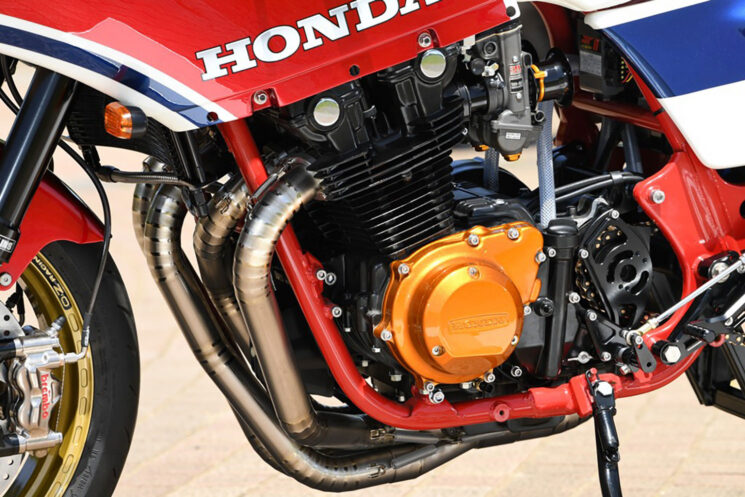
The engine was rebuilt from the ground up, with the crankshaft journal-wrapped and dynamically balanced. New valve guides and precision cylinder bores keep tolerances tight. The intake wears a brace of velocity stacks and custom Nitroweld titanium pipes were fitted to the exhaust side.
The fairing was modified to sit 10 mm lower and the dashboard is custom, complete with triple gauges from Stack. The color scheme is similar to the factory livery, but the red and blue hues have been given a candy treatment for extra pop. Finally, the frame was treated to the usual AC Sanctuary bracing procedure.
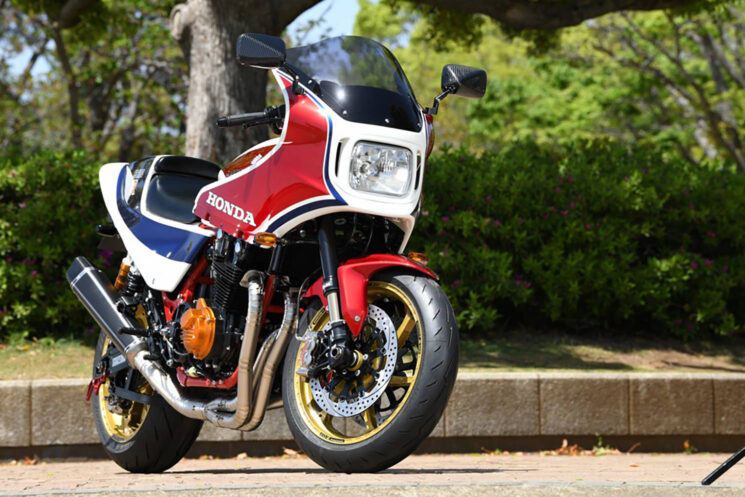
With parts getting extremely difficult to find for the CB1100R, Nakamura-san fears that this might be the last CB1100R they will be able to produce. If it is, at least they’ve gone out with a bang. To us, RCM-630 is the peak of Japanese retro sportbikes. [More]
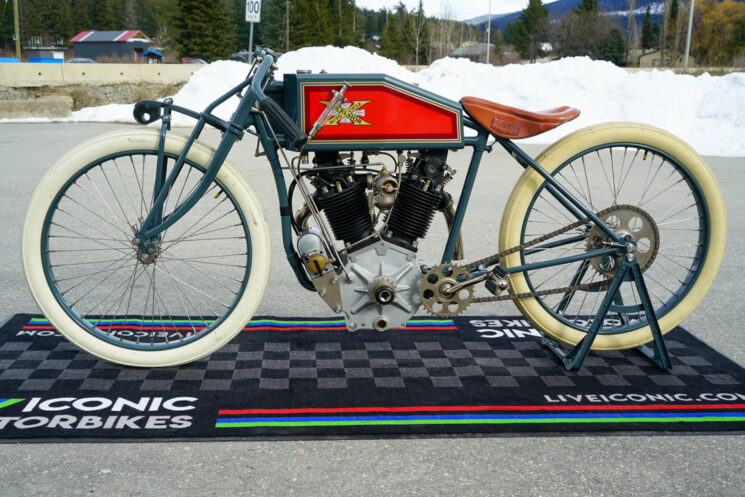
1919 Excelsior board track replica by Paul Brodie At one point in time, Excelsior motorcycles was regularly competing with Harley-Davidson and Indian on the board track racing circuit. The Chicago-based company started making bicycles and was bought by Ignaz Schwinn (of Schwinn Bicycles) in 1911. Schwinn used the Excelsior brand to get started in racing, which is how their board track bikes came into being.
Back in those days, safety wasn’t exactly at the forefront of everyone’s mind so the sport was incredibly dangerous. Allegedly, due to rider injuries and deaths, Schwinn pulled the plug on his budding racing program and ordered that all Excelsior board track motorcycles be destroyed. (This could be one reason why Excelsior board track bikes only existed in pictures.)
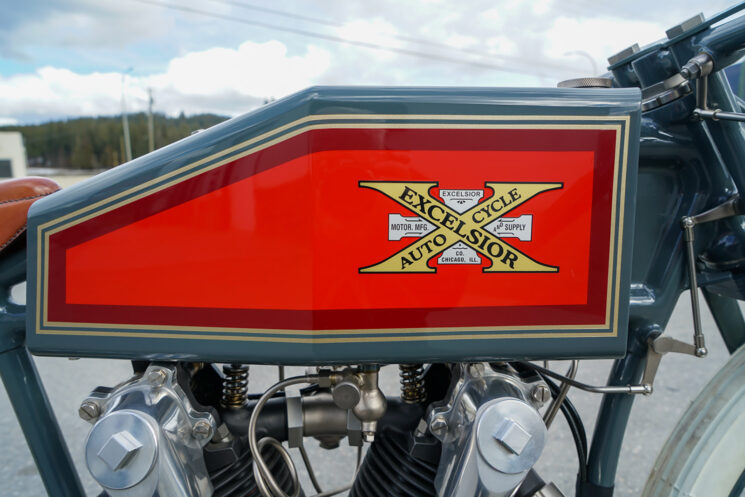
Back in 2004, a guy named Paul Brodie figured that he could revive the Excelsior name with some period-correct replicas. Starting with nothing but a set of Excelsior engine cases, four photographs, and a dream, Brodie set about his task. It’s a good thing he had a good imagination because the engine cases he was given were in poor condition—and he only had one good photograph to go on.
Over the next few years, Brodie dedicated all his working hours to reverse engineering the Excelsior engine. The end result was an exact replica of a 1000 cc, 53 hp Excelsior V-twin with a single-speed, direct-drive transmission. It’s a shame to summarize those long, hard years of Brodie’s life in just a few sentences, but boy are we enamored with the result of his labor.
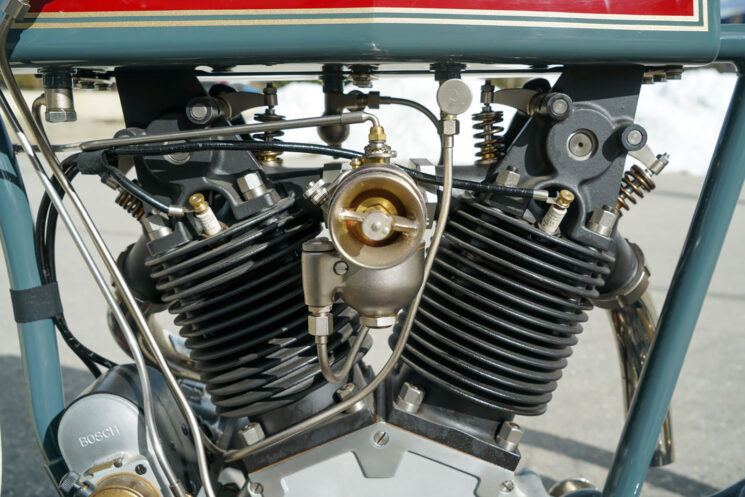
Brodie went on to recreate the frame and suspension from scratch too. The rear end is more akin to a bicycle than a motorcycle, with the front end using a single leaf spring for a whopping 1.25 inches of suspension travel.
Our favorite part of the build is the throttle and ignition linkages. Just like an old Indian from the same era, one side of the handlebar controls the throttle and the other side controls the advance and retard of the ignition.
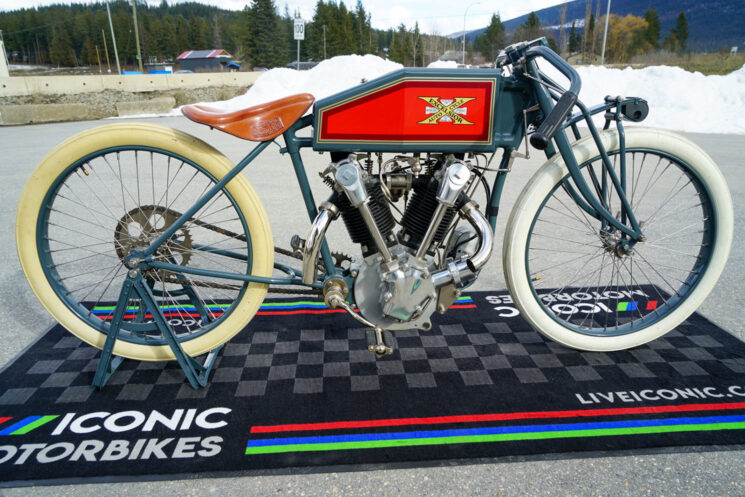
Luckily for us, Brodie also decided to document the build process on his YouTube channel, and it is absolutely fascinating. While narrating, Brodie pieces the whole motorcycle together and the fit is so good, that he does most of the fasteners up by hand before snugging them down with hand tools. It makes it even more incredible that Brodie made most, if not all, of the parts by himself.
Brodie built five replicas in total—this is number five, and it’s currently being offered for sale through Iconic Motorbike Auctions. If you’re looking for a handmade, fully functional piece of history, you’d better act fast.